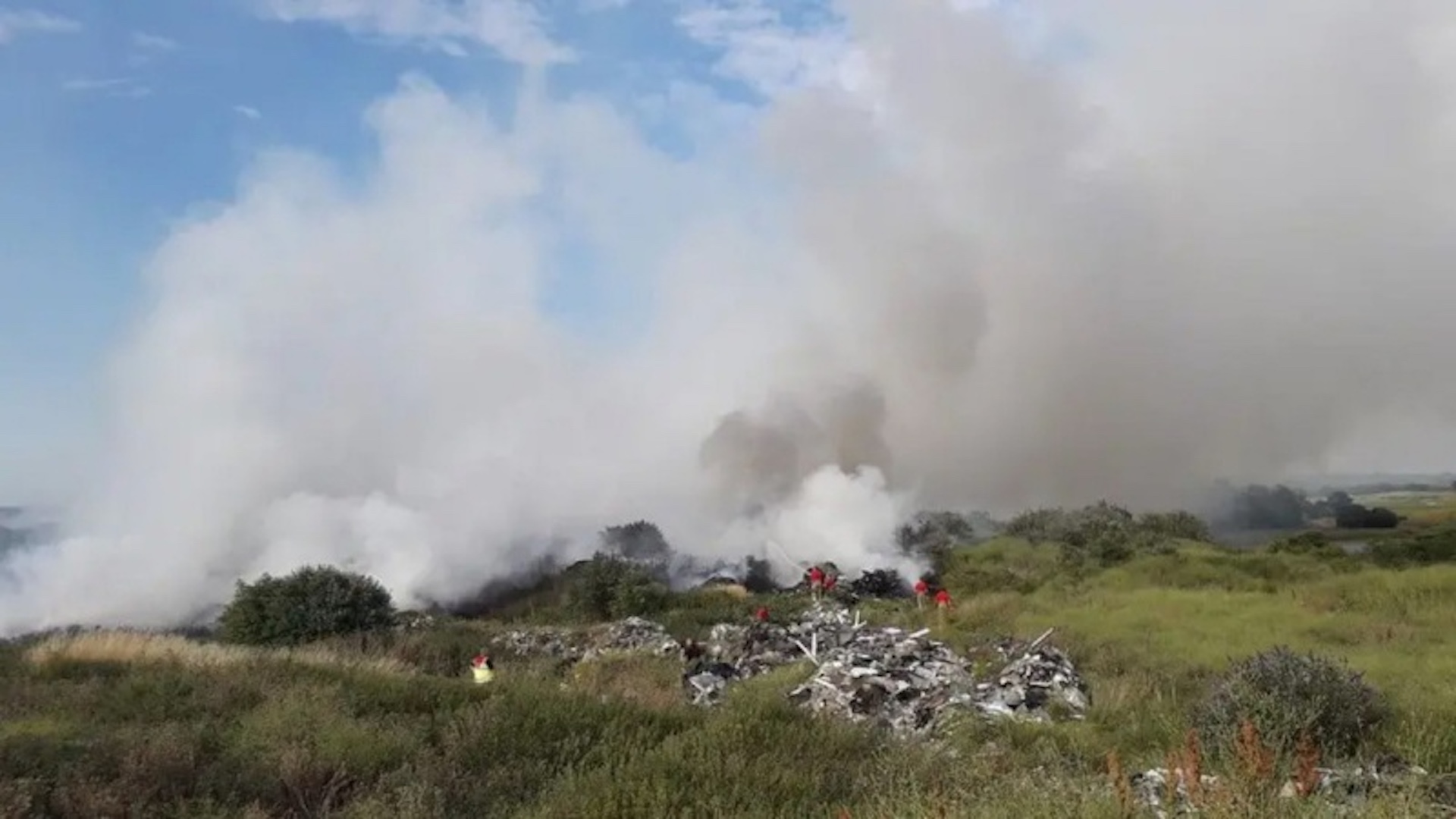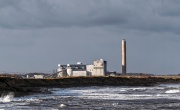Parliamentary research team opens inquiry into managing legacy landfills
Parliamentary Office of Science and Technology launches investigation into legacy landfill pollution management comissioned following persistent contamination issues at abandoned landfill site in Rainham

The Environment Agency defines legacy landfills as those ‘where there is no Pollution Prevention and Control permit or waste management licence currently in force’.
The research, which is seeking evidence contributions until 5 September 2025, was prompted by persistent issues at the Launders Lane legacy landfill site in Rainham, where residents have experienced ongoing fires, noxious fumes, and significant air pollution.
Margaret Mullane told the Havering Daily: "My aim is to get a national level solution to the ongoing situation at Launders Lane. I have already brought together a growing number of MPs with landfill issues and am awaiting a meeting with the Minister, but this research commission will add weight and clarity to the problem nationally."
The investigation comes as Environment Agency data shows 1,287 old landfill sites containing hazardous waste across England and Wales, with a further 413 sites whose contents remain unknown due to their age and lack of documentation. More than 20,000 historic landfills have been identified across England and Wales that pre-date modern environmental regulations.
The study will examine environmental hazards arising from legacy landfill sites that may pose risks to human health and explore mitigation options. It is expected to be finalised and published early in 2026.
Arnolds Field case highlights broader issues
The investigation follows significant legal action surrounding Arnolds Field in Rainham, a former gravel extraction site which has been improperly managed.
For over two decades, vast quantities of unauthorised waste have been illegally dumped at the site. This has led to recurrent fires due to legacy combustible waste, releasing harmful pollutants including fine particulate matter (PM2.5), nitrogen dioxide (NO2), and potentially carcinogenic substances such as polychlorinated biphenyls (PCBs), polycyclic aromatic hydrocarbons (PAHs), heavy metals like lead and mercury, and volatile organic compounds (VOCs).
In June of this year, the High Court overturned Havering Council's decision not to declare the site as contaminated land. The ruling held that the council misinterpreted legal definitions and relied on incomplete data, omitting air monitoring during peak fire periods.
The site, which locals have nicknamed ‘the Rainham volcano’, has experienced over 100 fires in the past five years, with the London Fire Brigade making nearly 200 visits since 2018. The fires burn both underground and on the surface, with thermal imaging revealing underground temperatures reaching 176.4°C
Council investigations revealed ‘concerning’ contamination levels, with soil samples identifying asbestos-containing materials and dangerous concentrations of arsenic, lead and benzo(a)pyrene, a potent carcinogen. The illegal dumping began in 1998 when North London Developments obtained permission to deposit "inert waste" but instead buried unknown toxic materials for over six years.
Local residents report severe health impacts, with many developing respiratory conditions, persistent coughs, and migraines. During the worst fires, residents experience nausea, chest pains, and bleeding noses, with some children developing asthma. The A1306, a major road connecting east London to the M25, has required closure during severe fires due to thick smoke reducing visibility.
National contamination challenges
Studies show approximately 80 per cent of the British population lives within 2km of known landfill sites, with the most deprived areas containing five times more landfills proportionally.
Additionally, 46 per cent of England's drinking water catchment areas contain historic landfills that would not be permitted under current environmental regulations designed to protect water supplies.
Before the EU Landfill Directive implementation, the UK practised co-disposal, where hazardous and non-hazardous wastes were mixed and disposed of in the same sites. Since the withdrawal of the national contaminated land fund in 2017, some local authorities have stated they lack the resources to manage these sites effectively.
Under environmental law, local councils in England are responsible for identifying contaminated land within their districts, while the Environment Agency maintains records of former landfill locations.
Mullane emphasised the study's potential national impact: "I believe this could be important in not only casting a light on the impacts on public health from landfill sites, but also in how to effectively remediate them. I hope that commissioning this study will be a breakthrough moment, providing a steer for the government to address legacy landfill sites nationally, to resolve our troubles locally."
The POST investigation is gathering evidence via this form to outline evidence for environmental hazards from legacy landfill sites and examine mitigation options. The study expects to inform future government policy on contaminated land management.






